Why First-Time Homebuyers Are Giving Condos a Closer Look
Buying your first home can feel overwhelming, especially with high prices and limited choices. But there’s good news: condos, or condominiums, are becoming a more affordable and realistic option for first-time homebuyers.
A More Affordable Option Is Opening Up
Home prices in general have slowed down in how fast they’re rising, but condos are seeing a small dip in price. This means there’s a better chance for new buyers to finally find a place they can afford.
One big reason is that more condos are being built. In 2024, there was a rise in multi-family home construction, which includes condos. With more condos available, prices are starting to become more competitive.
Why Are Condos Getting Cheaper?
Several things are making condos more affordable in today’s market:
-
More New Construction: Builders have been creating more multi-family homes, like condos, which means there are more to choose from.
-
Slower Demand in Some Areas: In markets where fewer people are buying homes, condo prices tend to go down quicker than regular houses.
-
Local Challenges Lower Prices: In some places, like parts of Florida, higher insurance costs and environmental issues are affecting condo values, sometimes leading to better deals for buyers.
Great News for First-Time Buyers
For people just starting out, condos are becoming a strong option. Prices are a little lower, there are more available, and sellers may be more open to negotiating prices or offering extras to close the deal.
If you’re looking for a place of your own but thought it was out of reach, now might be a good time to take another look—especially at condos.
Final Thoughts
With condo prices becoming more buyer-friendly, 2025 could be a great year to take that first step into homeownership. It’s a good idea to talk to a trusted real estate agent or lender who can help you decide if a condo is the right fit for you.
Original Source: The Mortgage Reports





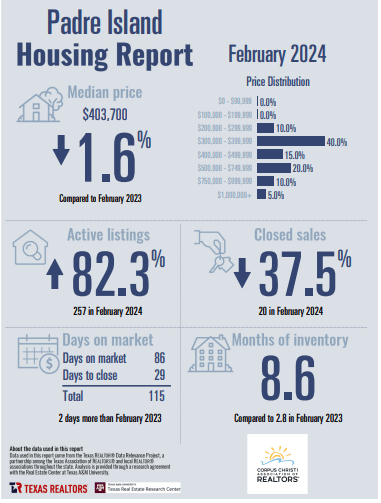
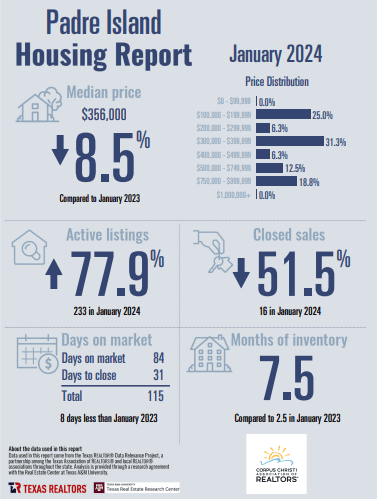
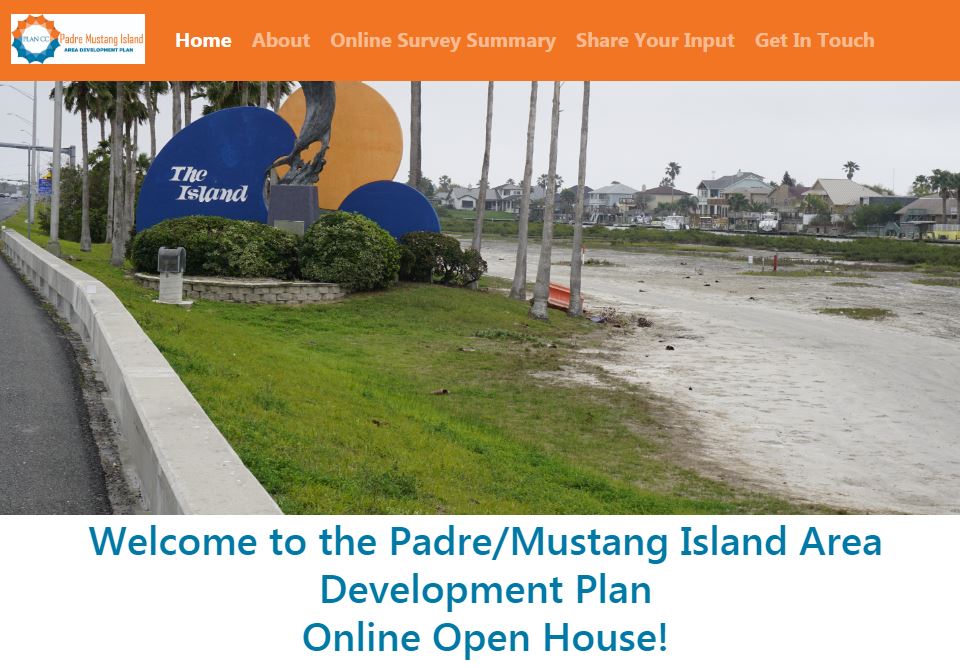


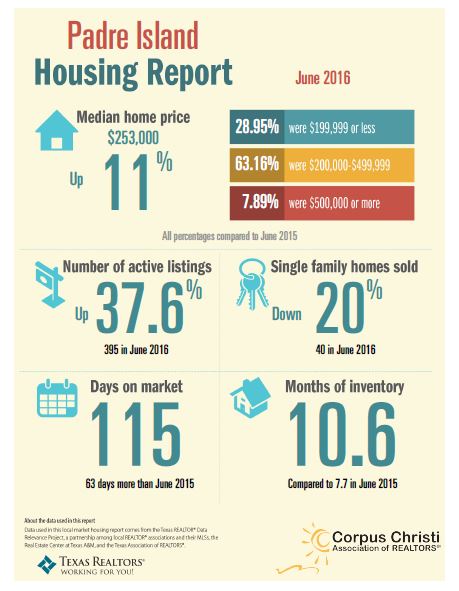



 STOP! Or, you soon will be! On August 18th, a traffic light at the intersection of Aquarius and SPID was approved by the City Council.
STOP! Or, you soon will be! On August 18th, a traffic light at the intersection of Aquarius and SPID was approved by the City Council.
 CORPUS CHRISTI – Plunging oil prices may be a relief for Coastal Bend residents at the pumps, but they’re having little influence on rents or mortgage payments.
CORPUS CHRISTI – Plunging oil prices may be a relief for Coastal Bend residents at the pumps, but they’re having little influence on rents or mortgage payments.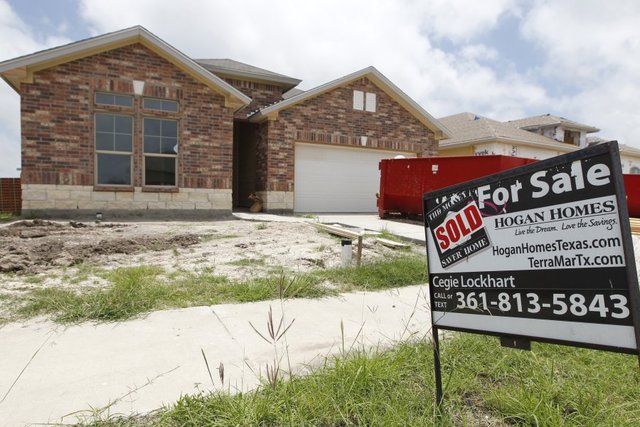

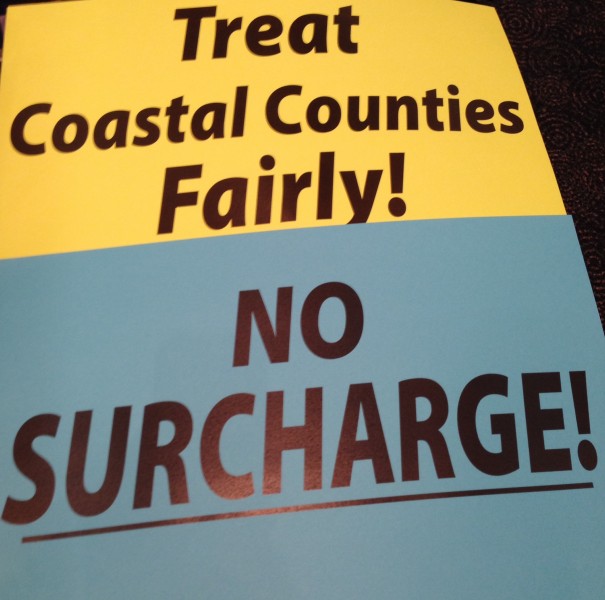
 On Thursday, February 13th, at the Padre Island Business Association lunch, Jeff Shea, Site Manager for M&G Chemicals, spoke to update us on the M&G Chemicals PET/PTA Facility.
On Thursday, February 13th, at the Padre Island Business Association lunch, Jeff Shea, Site Manager for M&G Chemicals, spoke to update us on the M&G Chemicals PET/PTA Facility.



 The effects of the government shutdown are rippling through the real estate industry, and practitioners are feeling the pain all over the country. Most of the complaints we’re fielding are about USDA loans, which have been entirely frozen. Real estate pros are seeing deals fall apart, as the Department of Agriculture has shuttered its mortgage division during the shutdown.
The effects of the government shutdown are rippling through the real estate industry, and practitioners are feeling the pain all over the country. Most of the complaints we’re fielding are about USDA loans, which have been entirely frozen. Real estate pros are seeing deals fall apart, as the Department of Agriculture has shuttered its mortgage division during the shutdown.

